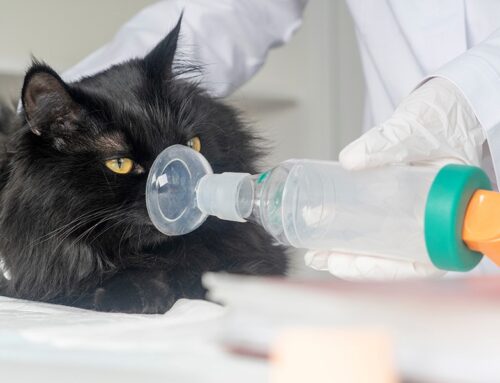Taking care of your pet’s dental health is crucial for their overall well-being. Dental issues can not only cause discomfort but also contribute to other health problems in your furry friend.
Signs of Dental Disease
Keep an eye out for these signs that might indicate dental problems:
- Bad breath
- Loose or broken teeth
- Discoloured teeth with tartar buildup
- Changes in chewing behaviour or difficulty eating
- Drooling or dropping food
- Reduced appetite
- Signs of pain around the mouth
- Bleeding or swelling in the mouth area
Be gentle when examining your pet’s mouth; if they seem in pain, they may react defensively.
Home Dental Care Tips
The best way to keep your pet’s smile bright is through daily brushing. Start this routine when your pet is young, ideally before they develop dental issues. Waiting until they have dental problems can make brushing more challenging due to discomfort. Make tooth brushing a positive experience by rewarding your pet.
Steps to Introduce Tooth Brushing:
- Begin with a small amount of pet toothpaste on your finger, gently rubbing it on your pet’s teeth.
- Progress to using a clean cloth for cleaning.
- Gradually transition to a pet-friendly toothbrush.
- If your pet gets distressed, stop and try again later.
Duration: Aim for 2 minutes of brushing every day for it to be effective.
If tooth brushing isn’t feasible for your pet, consider alternative options:
- Dental Diet: Look for specific dental diets like Hills T/D, designed to help with oral health.
- Supplements: Nutraplaque supplements can help soften plaque.
- Avoid Bones: While bones can remove plaque, they pose risks of tooth fracture and ingestion issues.
Common Causes of Pet Dental Disease
The most prevalent dental issue in pets is periodontal disease, affecting around 80% of pets over 3 years old. This disease starts as plaque that hardens into tartar. Tartar below the gumline can lead to tooth extraction if left untreated. Other causes include tooth fractures, infections and more species specific causes such as resorptive lesions in cats.
Why Anaesthesia is Necessary for Dental Procedures
Dental procedures require anaesthesia because pets can’t sit still with their mouths open for cleaning. Anaesthesia ensures a pain-free and stress-free experience for your pet. It also allows for thorough cleaning without movement interference. Though not risk-free, anaesthesia is safer now due to advanced monitoring and anaesthetic options.
We hope you found these tips helpful. If you have any questions about your pet’s dental health, feel free to reach out to us. Keeping those teeth clean will help your pet stay happy and healthy!



